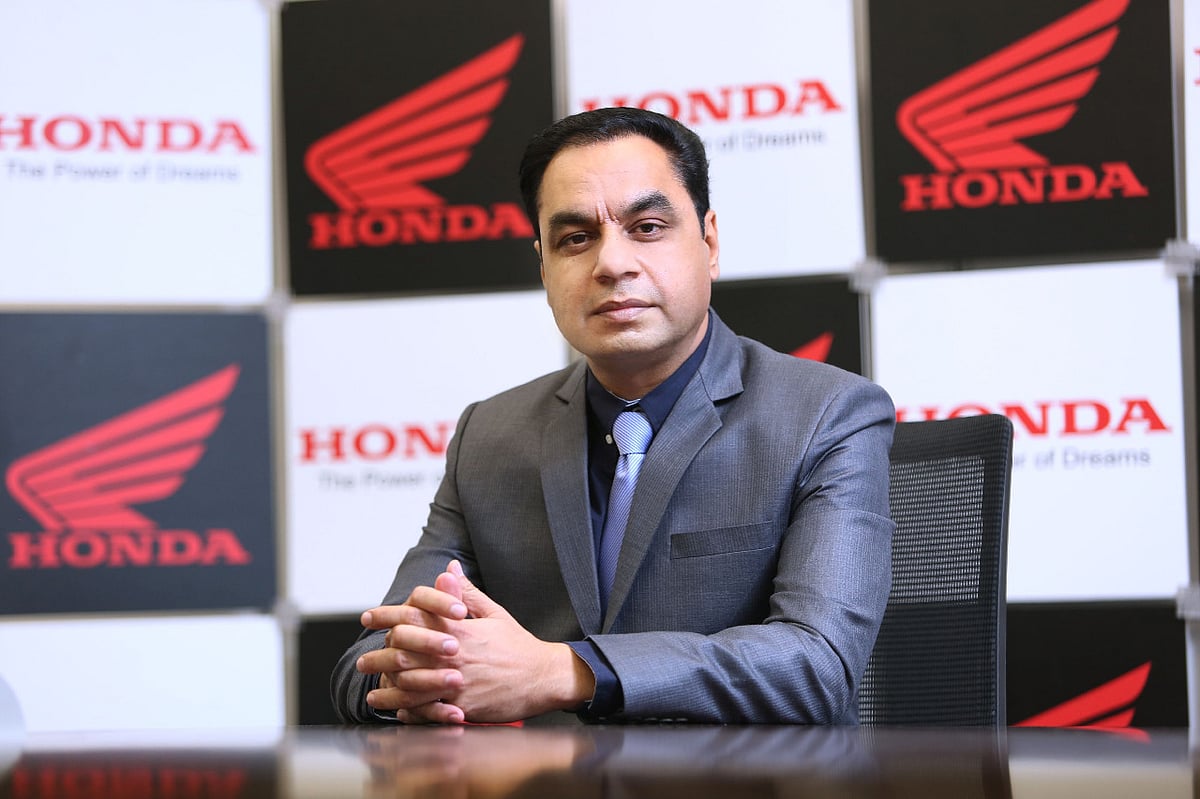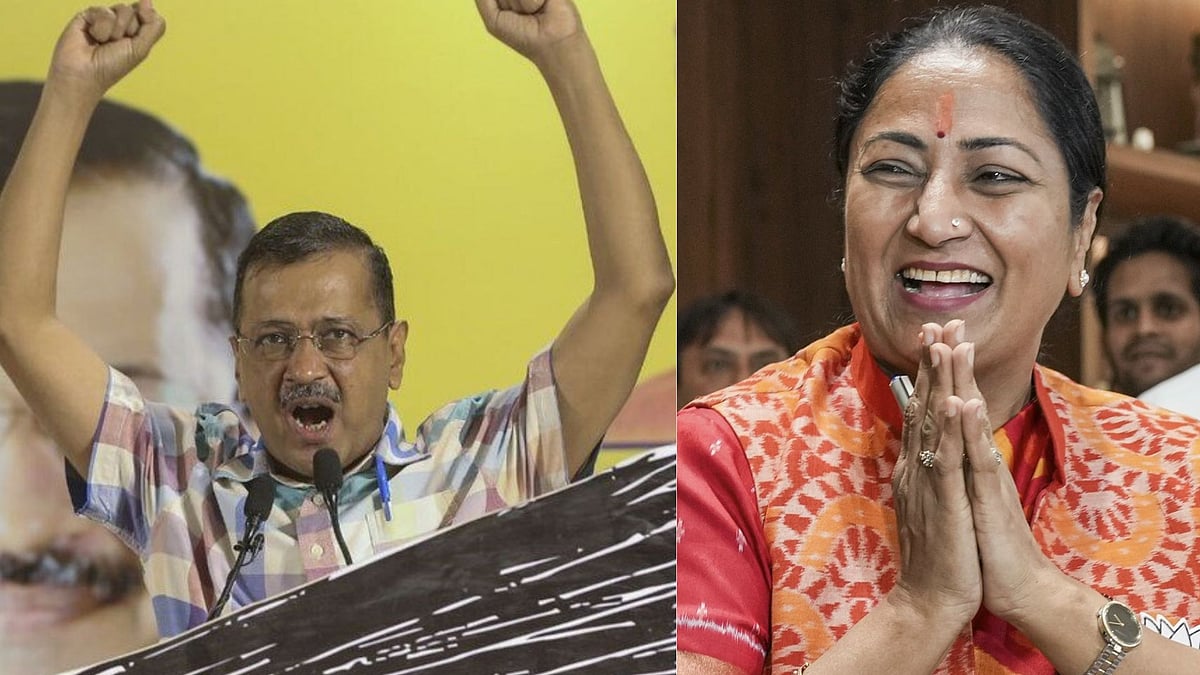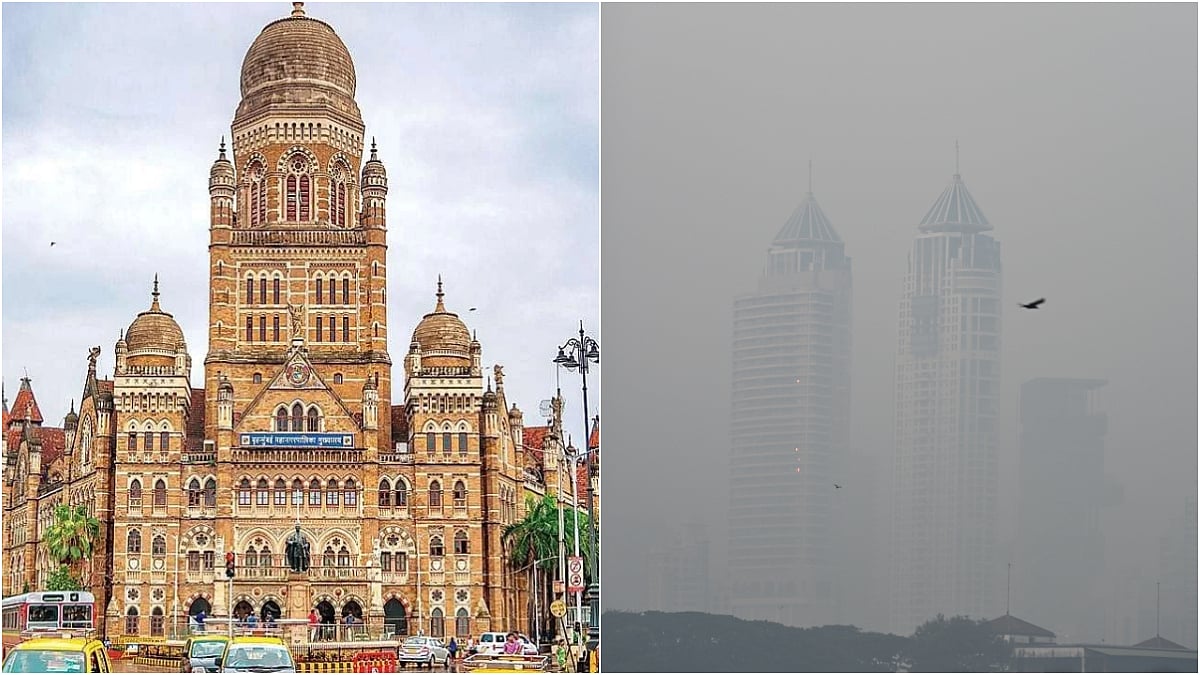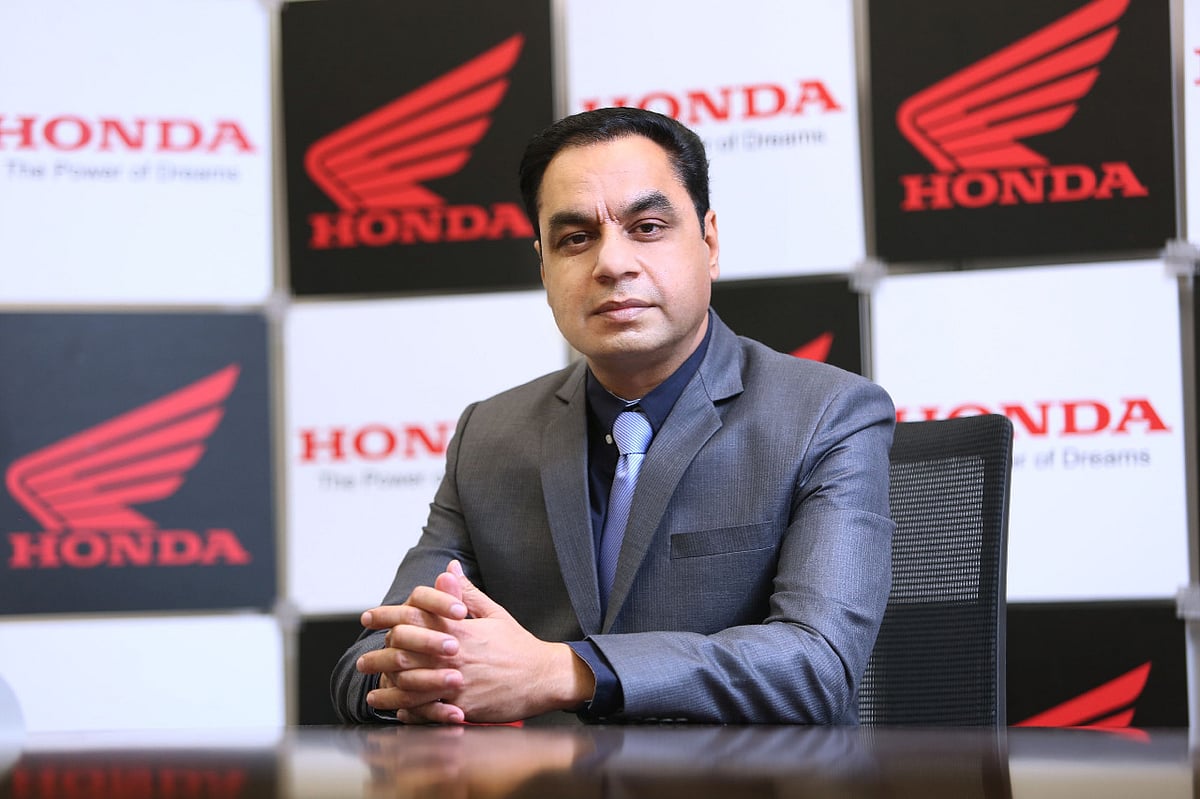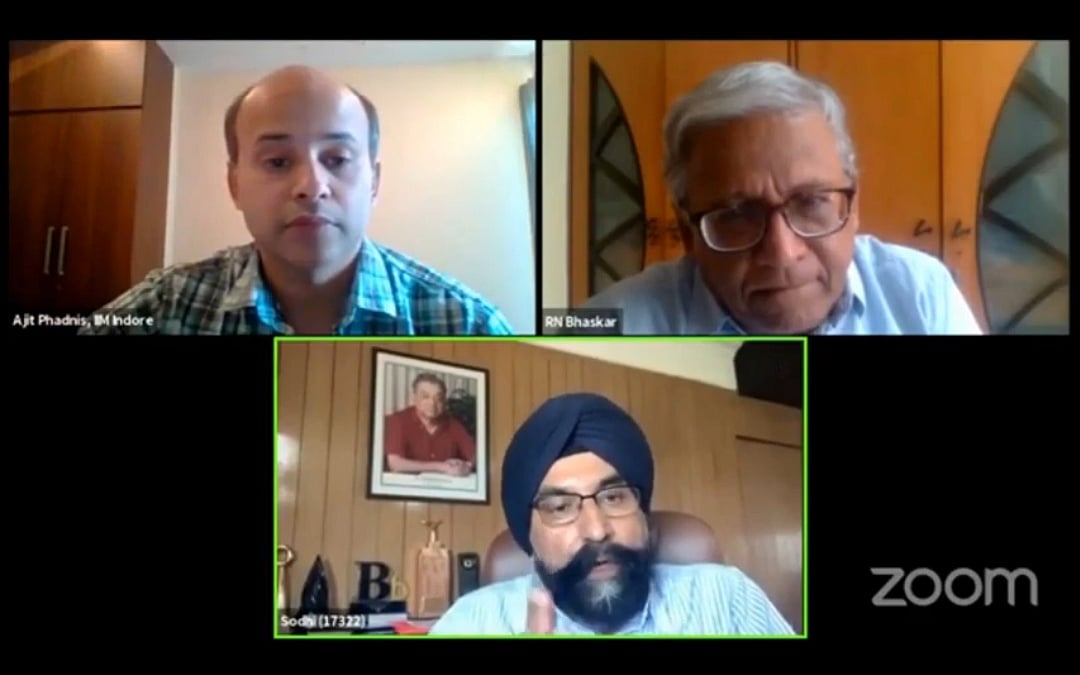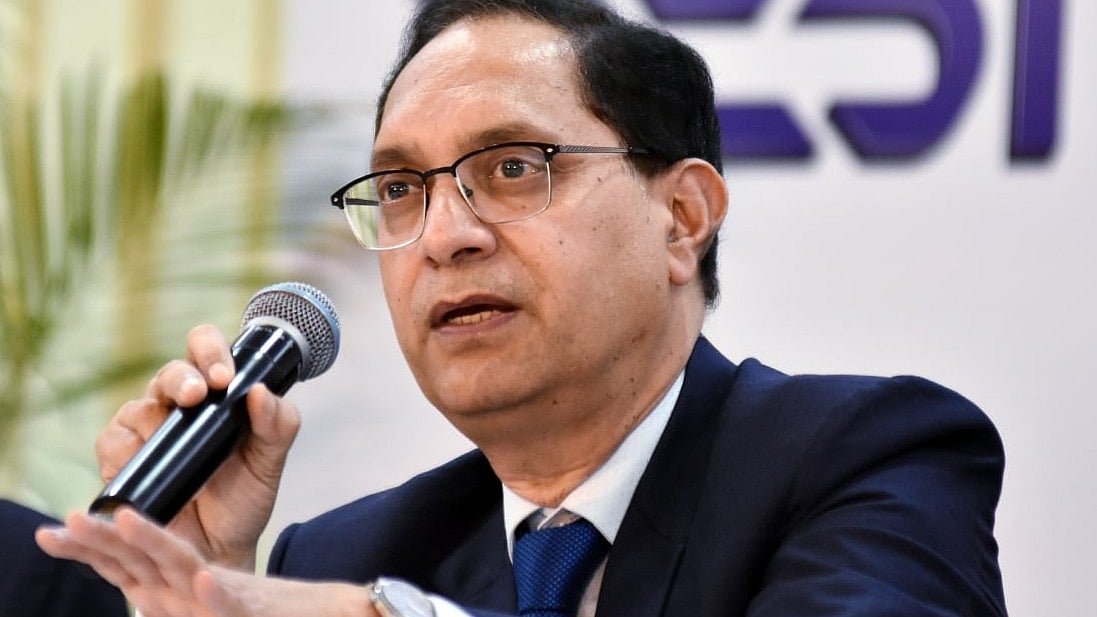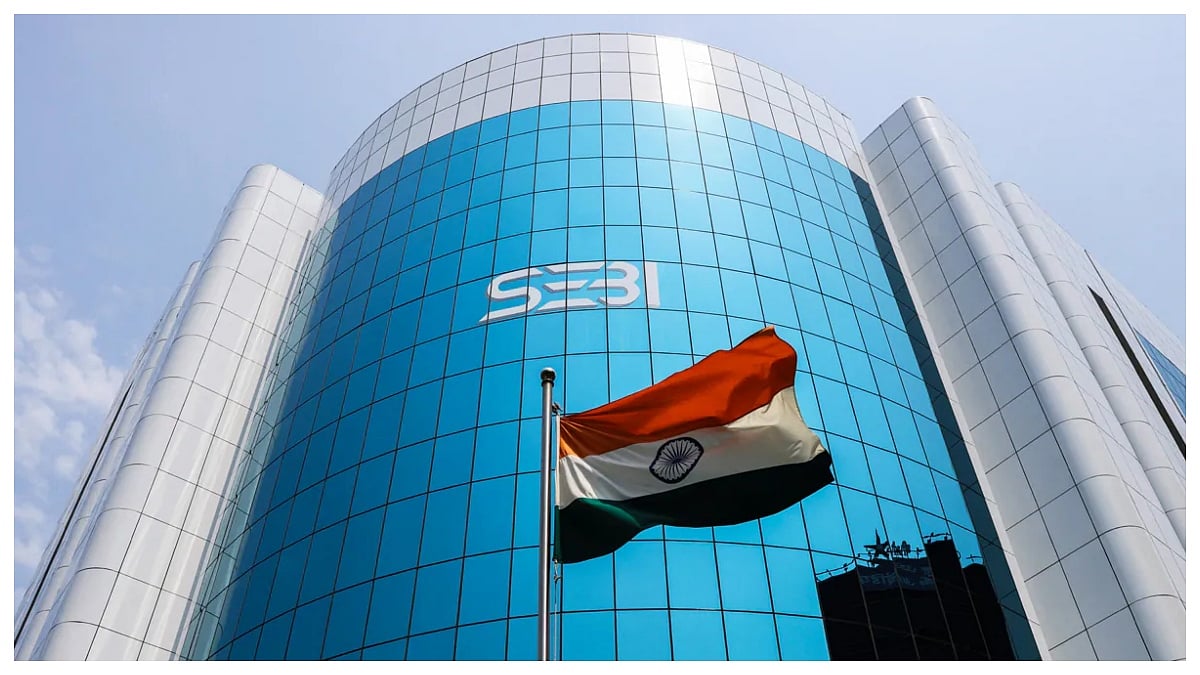The automobile sector has witnessed a slowdown even before the COVID-19 pandemic or its subsequent lockdown. However, some trends in the two-wheeler segment are giving hope to this sector, says Yadvinder Singh Guleria, Director of Sales and Marketing at Honda Motorcycle and Scooter India (HMSI), at a webinar organised by The Free Press Journal-IIM Indore.
Supported by BIG FM and Moneylife, this webinar with Guleria was the sixth session in the ‘India After COVID-19’ series. This session was moderated by FPJ's RN Bhaskar and by Himanshu Rai, director, IIM Indore. Below are edited excerpts of the session with editorial support from Jescilia K.
View the complete session here:
Two-wheelers and four-wheelers: Potential exists for both
There is a large gap between two-wheeler and four-wheeler volumes. Having said that, the penetration level for both segments is much smaller compared to other ASEAN countries and even emerging economies. Thus, there is a huge potential for both these segments to grow.
In the case of two-wheelers, the potential is greater because of the price point and its automation nature. We already have 20 million plus annual volume so far.
For the last 12 months, there has been a slowdown in the industry. We had a 18 per cent degrowth in the industry. However, two-wheelers will continue to grow in India. With better roads in rural India and shift from public transport to personal transport, there will be demand for two-wheelers.
In India, having a motorcycle is like a statement that you have arrived, especially at the bottom of the pyramid.
The new trend that we have witnessed is that there is a propensity of new buyers in this lockdown period. They are choosing two-wheelers to commute daily rather than opt for public transport. There is a high level of awareness to maintain social distancing. So, this is one huge segment we are keeping an eye on. For the short term (growth), we have already identified the group but we will see how we explore it in the long-term.
History of associations
We had a closed economy in the 80s. The government had capped production numbers.
When economic activity and collaborations were permitted, in the early 80s, the most talked about collaboration was that of Honda with Hero. The trend for motorcycles commenced from there and rest is history. Honda has a a 28-year-old history to its association (with India).
About 10 years ago, Honda had a single digit or low double digit market share. But today, we have a market share of almost 27 per cent.
The Indian market is different when it comes to the two-wheeler market. This is mainly because there is a high-level technology and price point factor which can play a major role. In the case of two-wheelers buyers, they want the latest technology. So, the customer demography is totally different (compared to four wheelers). We manufacture (bikes) between 110 cc and 1,800 cc engines. Honda was the first company to introduce an airbag in a two wheeler.
Cost management
From 2017 till 2020, there have been a couple of things that have happened — like BS VI norms and additional safety norms. And before that in September 2018, there was a premium hike which increased the price point of the two wheeler. The increase in price point had hurt the demand already. The fundamental attributes of low penetration in India regarding two wheelers is still there.
There are green shoots like more motor-able roads coming in picture in India — will increase the acceptability — and the wave of more working women coming into society. These women would prefer personal vehicles rather than depending on public transport — which is not women friendly. The automatic two wheelers are unisex products and vehicles where there is no need to change the gear will get more acceptability.
In the short- term, if the economic activity is down, the demand will be down. In the long term, there could be a discretionary buying with an aim to upgrade.
Employment: Job loss or no job loss
We are one of the largest employers as we are a labour-intensive sector — from the production line, to the supply chain, to the showroom, to service centres.
Honda has 6,200 networks to take care of the brand. Those networks do employ a huge number of manpower but because the demand is low they might have adopted some strong measures. There is an economic factor that is out of our control and those things (job cuts) might happen. I cannot deny those things.
In our company, there has been no lay off. But there are some contractual labourers who are hired on the short-term basis — so they might be affected. But in the case of permanent staff, we have paid them their full salaries as well.
Our networks have informed us that they have been able to pay their staff as well. The right communication and getting the employees on board as business partners is the right approach at this point of time. Everyone understands the situation.
Every dealer has been dealing with the situation differently — (not laying off staff or cutting salaries) looking at staff, based on their economic background and the dependent family members back home. So, every dealer is dealing with it in a different way.
Even though the dealerships are open, they are not working to their full potential. This is mainly because the staff is called on shifts to maintain social distancing.
Service centres
At our network of service centres, we were fortunate. This is mainly because the government allowed the service sector to work first.
During the lockdown period, in the essential services segment, there were many people using their personal vehicles but they were unable to service their vehicles. So, the government allowed service centres to operate and that gave us a first mover advantage. We are servicing 60,000 two wheelers every day in our network. Even though this is much lower than our daily potential. But this gives a lot of confidence to our dealership as there is momentum and that has brought positivity.
We are trying to study how many unique consumers are coming into our centres. We define unique customers as those who have not bought services from our authorised network for the last 8-10 months. They have now started coming in. This is driven by the fact that they have less confidence in terms of hygiene and safety aspects in the private workshops. They have started coming in as the risk of catching a virus from a service centre is mitigated. This is a new trend that is catching up.
Appeal to the government
We (as a representative of Society of Indian Automobile Manufacturers) have submitted our wishlist to the government. The top priority has been demand generation. If you see in the financial package (announced by the finance minister Nirmala Sitharaman), while the focus was on survival but the generation of demand has not happened.
After a long time, we have seen a 65 basis points difference between repo rate and reverse repo rate. There is a big opportunity for the bankers to lend in the market. But their lending is very tight. The bankers have taken an austerity measure to not extend loans. A lender who has extended his moratorium is not given a loan even if the customer has a good Cibil score.
The long-pending appeal was around Goods Service Tax (GST). From insurance to BS VI times, the cost of vehicles have gone up by 20-30 per cent. If GST can be brought down by 10 per cent (from 28 to 18 per cent), it will help generate necessary demand.
Electric vehicles (EV): Why is there no demand
The shift from gasoline to EV — look at it from the demand side. If there were customers for that segment, then why have many EV companies that were operating for the last two years closed their shops?
In the end, customers look for mileage. These EVs have not been able to match up with gasoline two wheelers. There is no infrastructure support for these EVs. All this has impacted the demand for EVs. But this technology is going to bring about change. But it will not happen overnight. However, gasoline vehicles will continue to have a majority of share in terms of motor sales.
